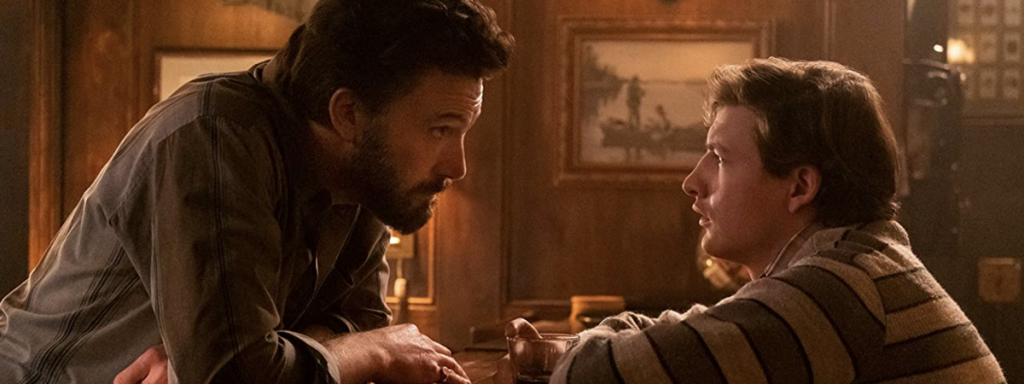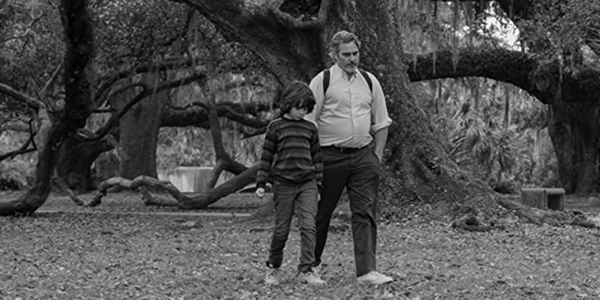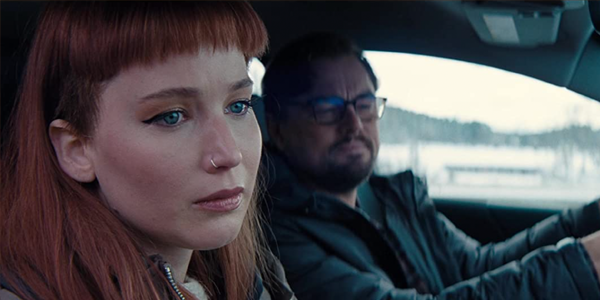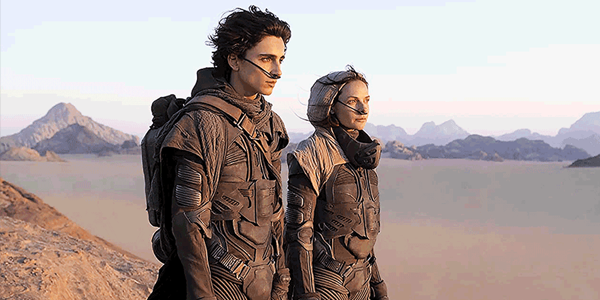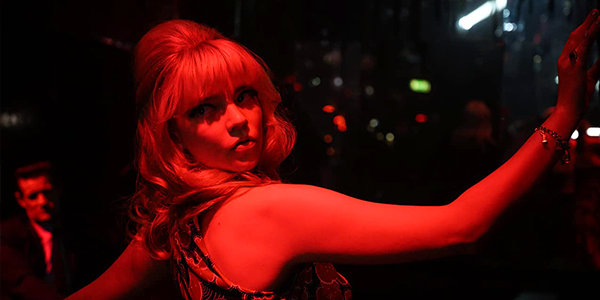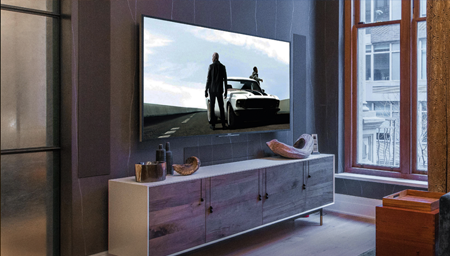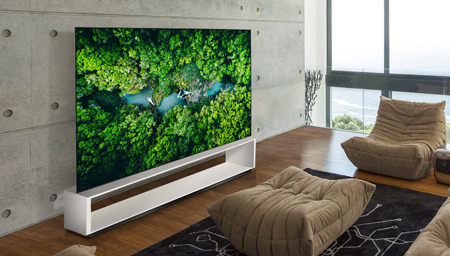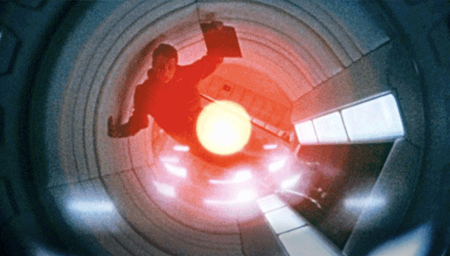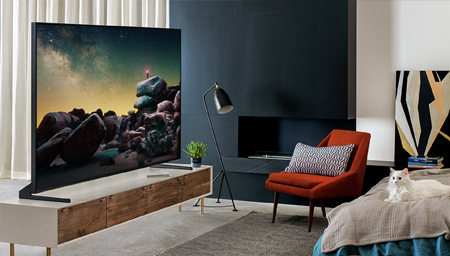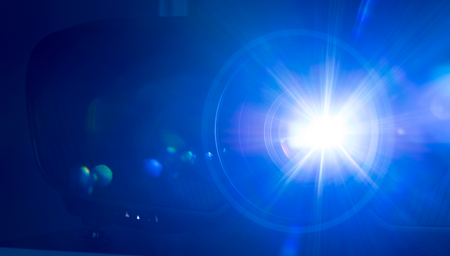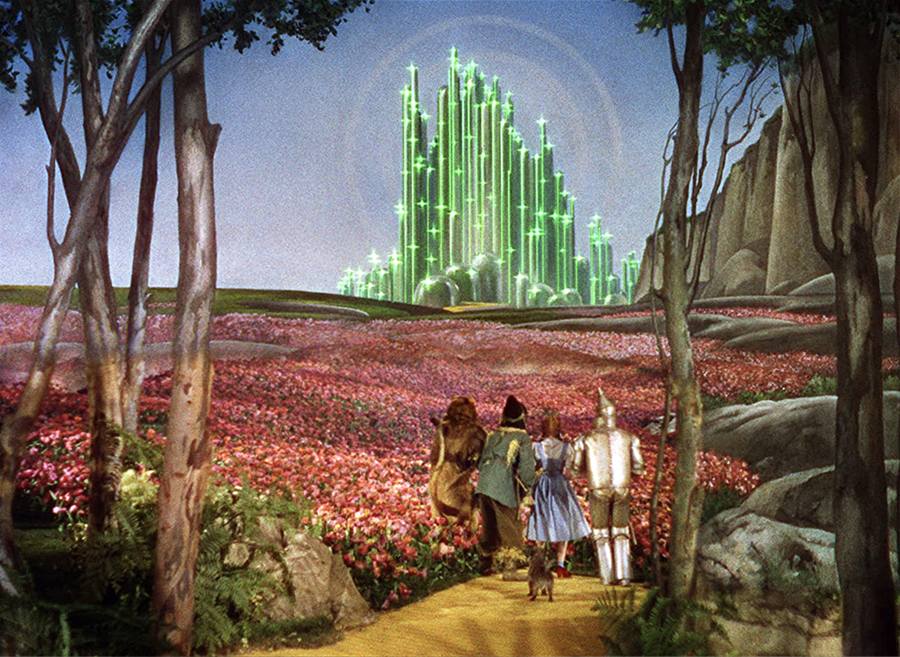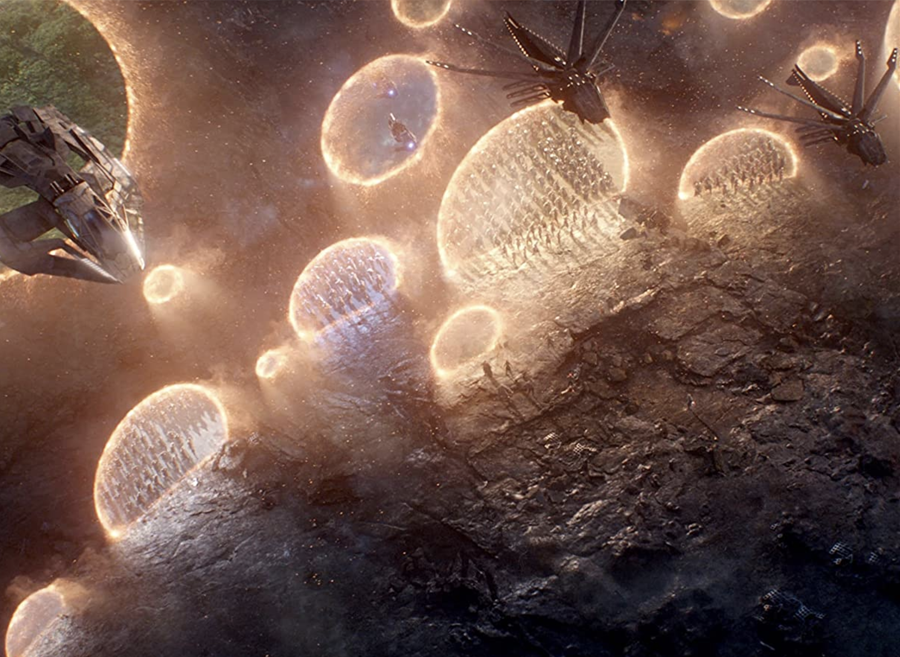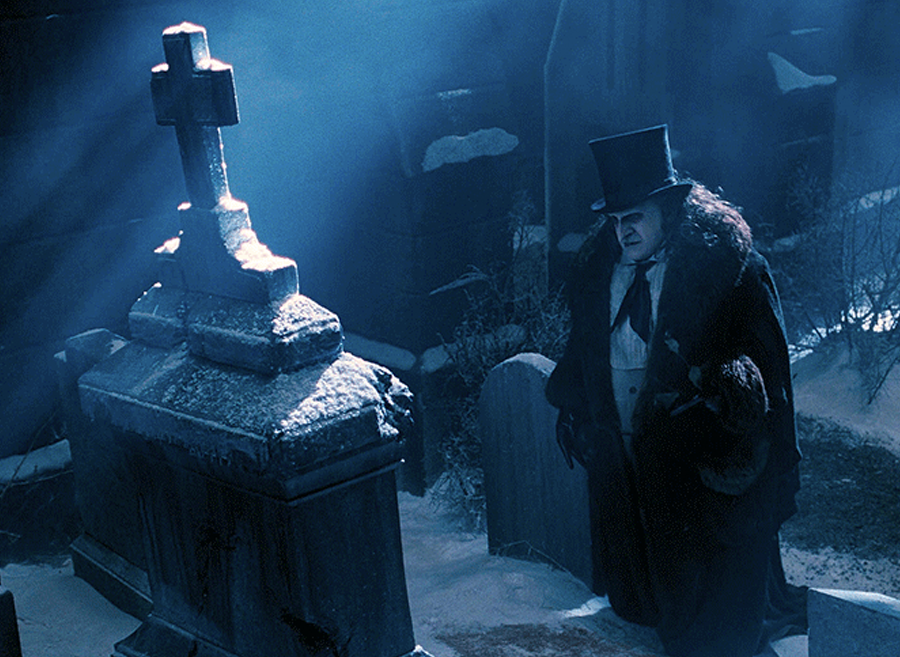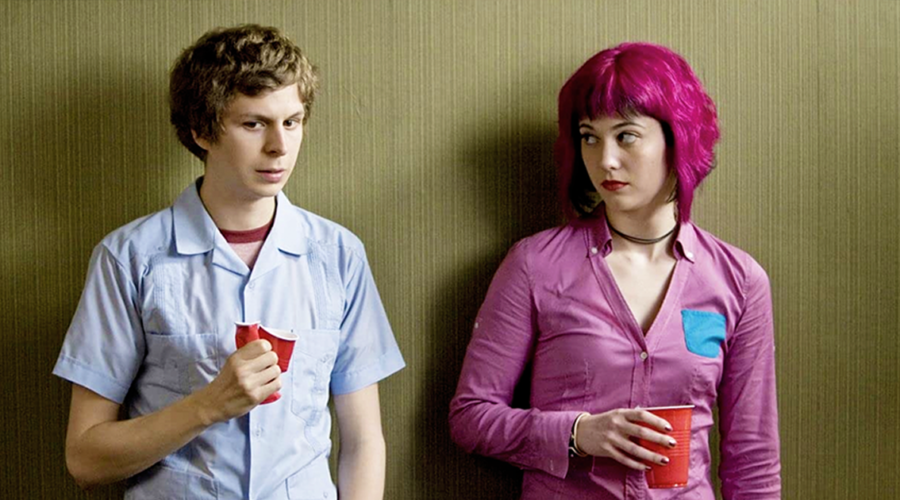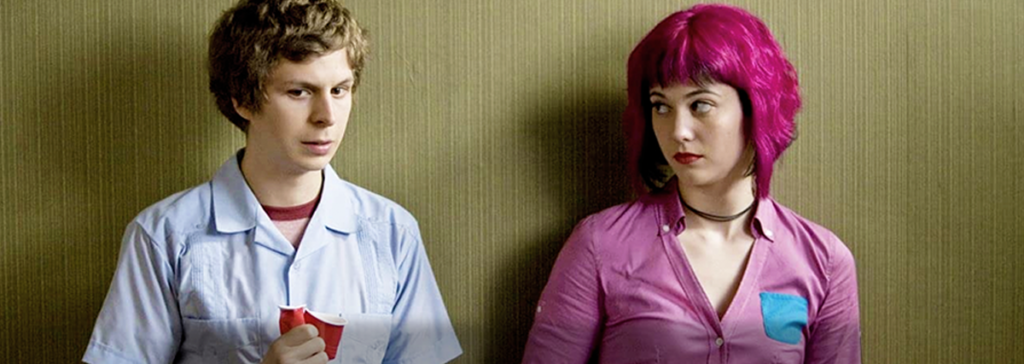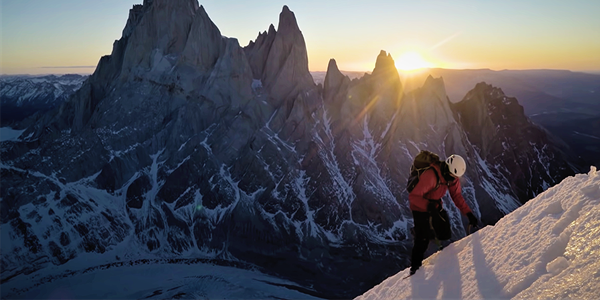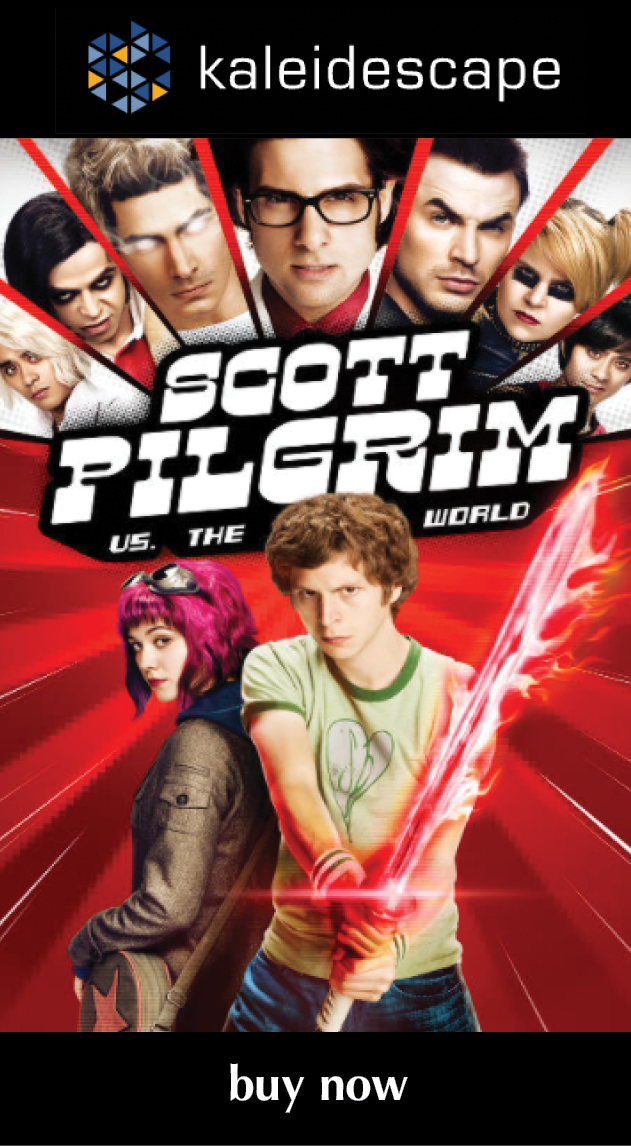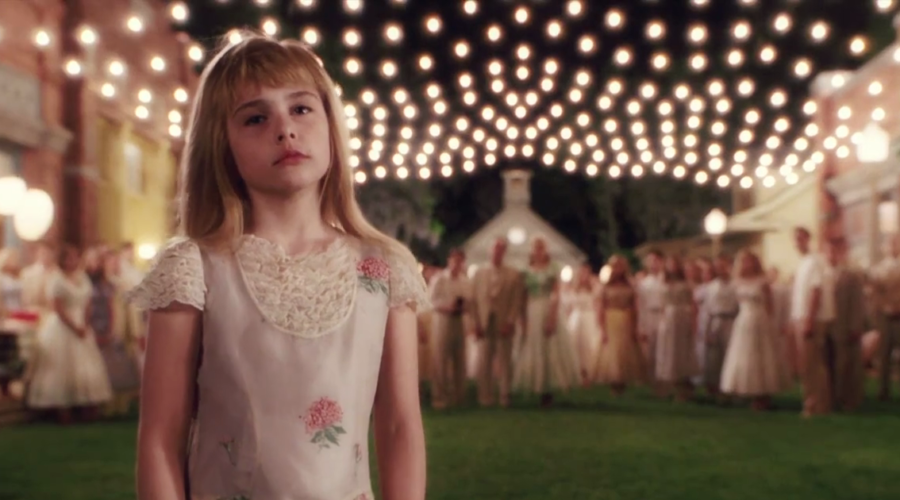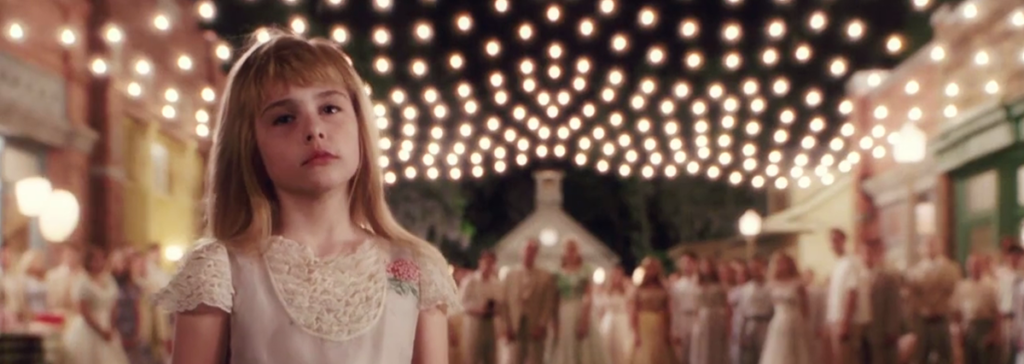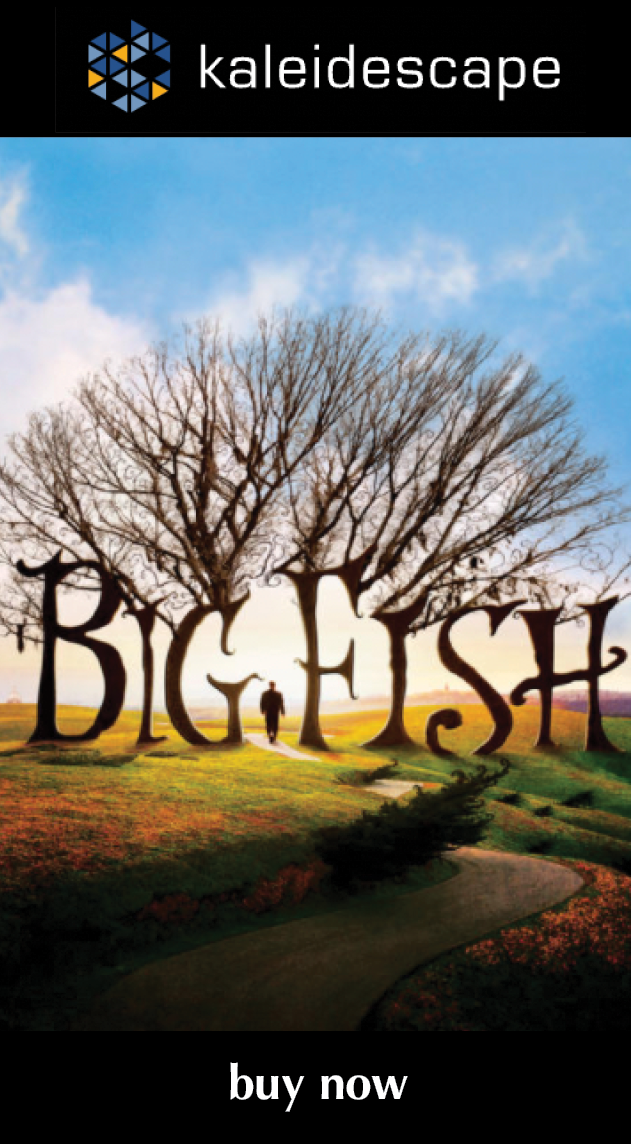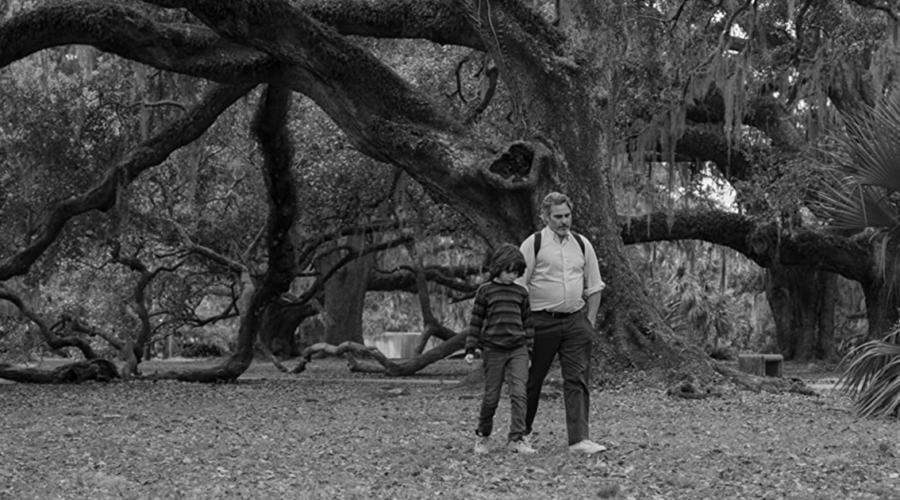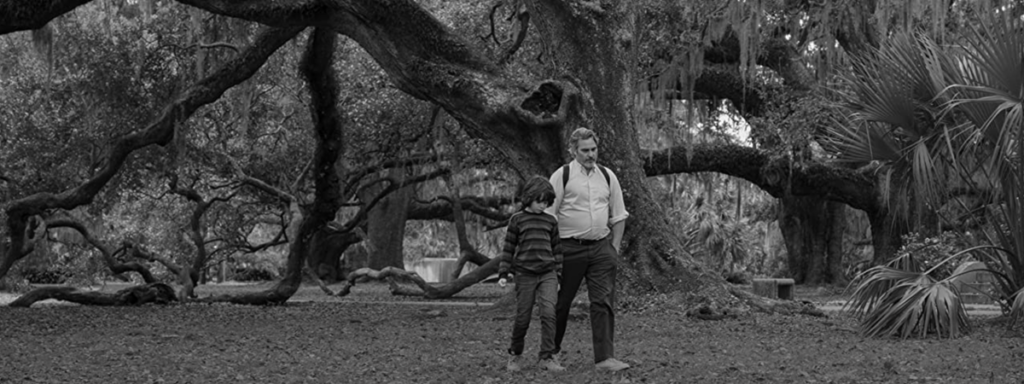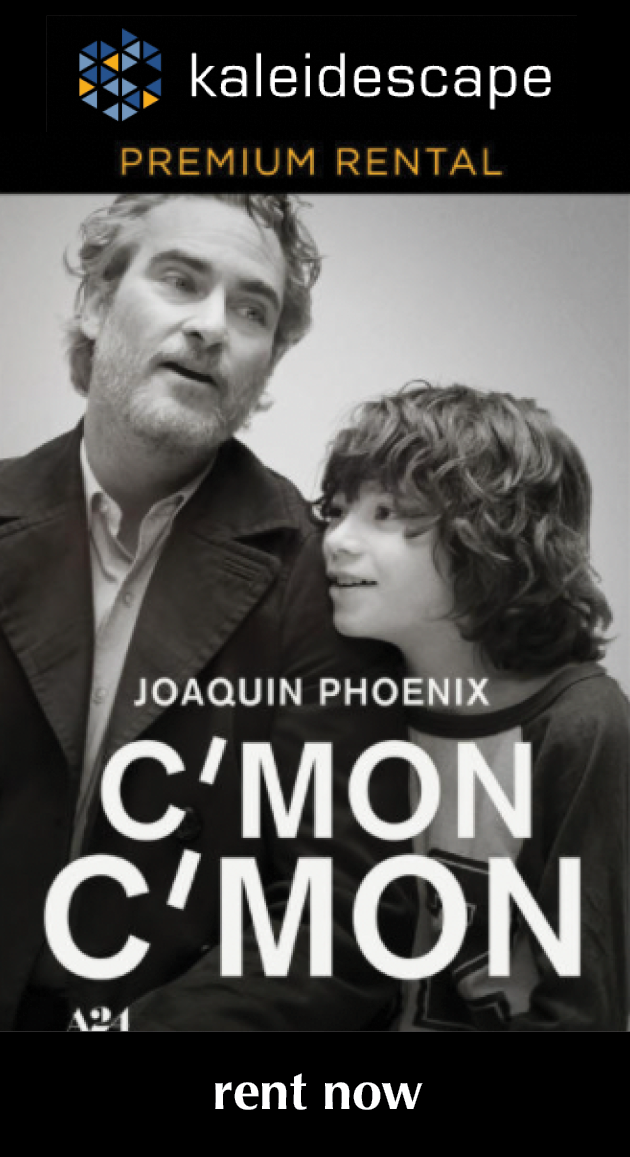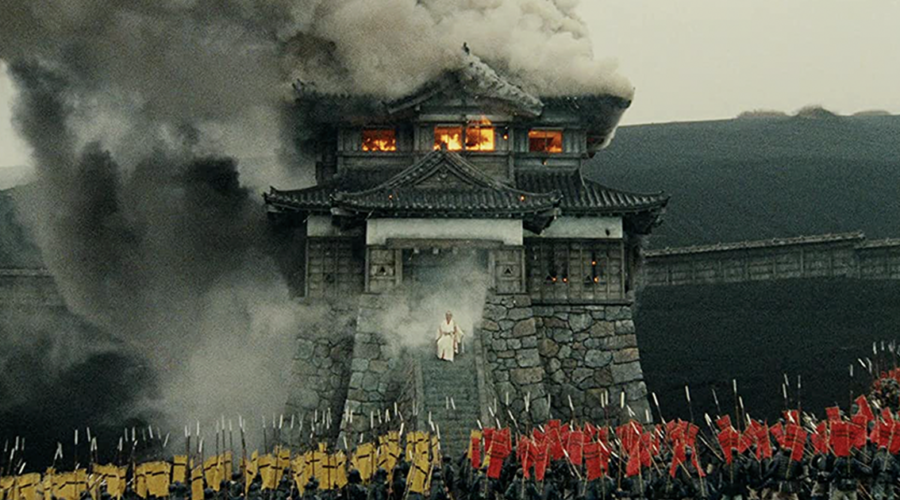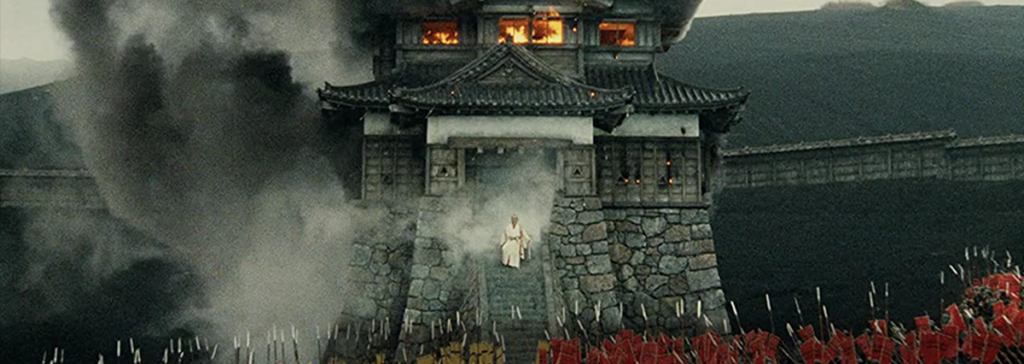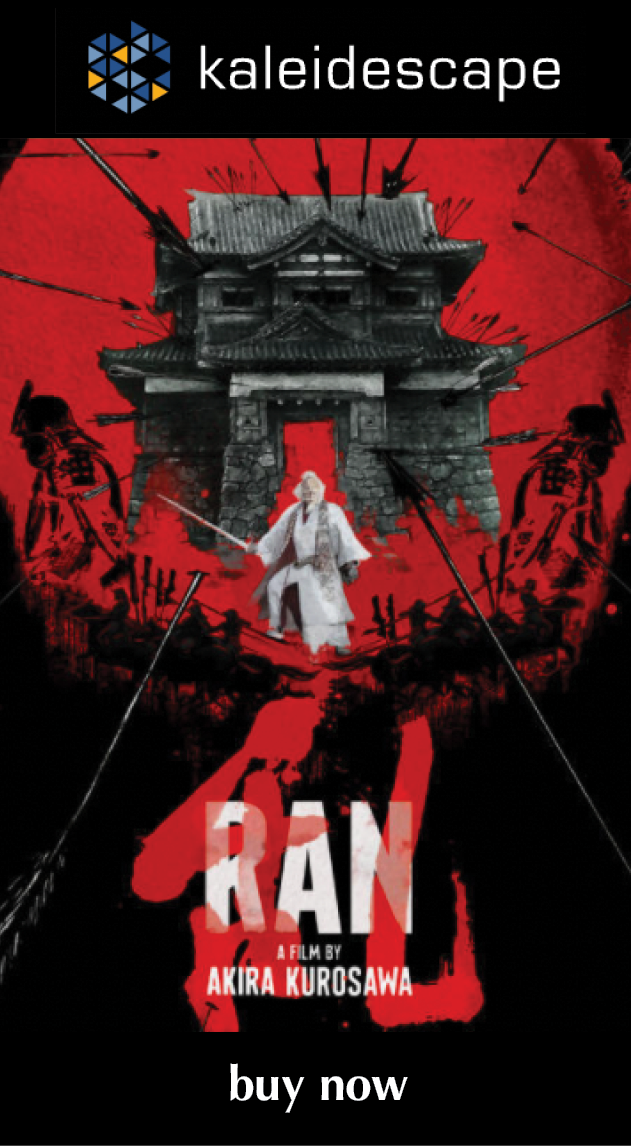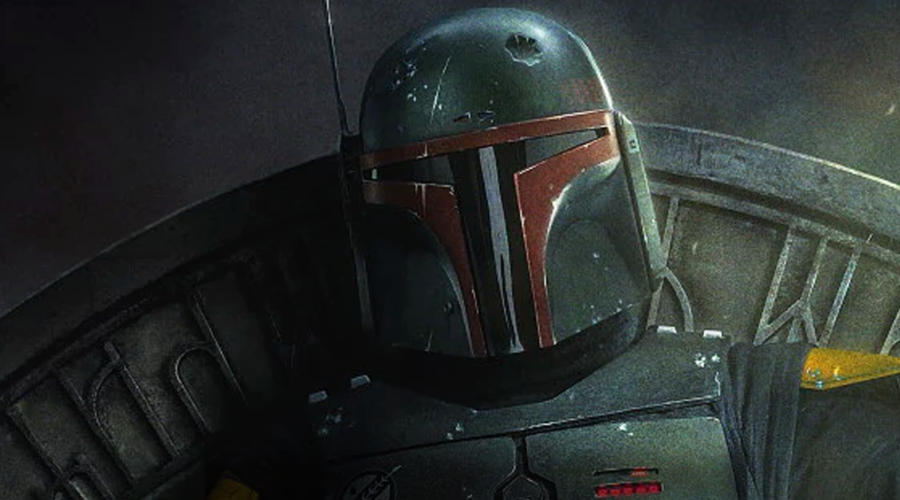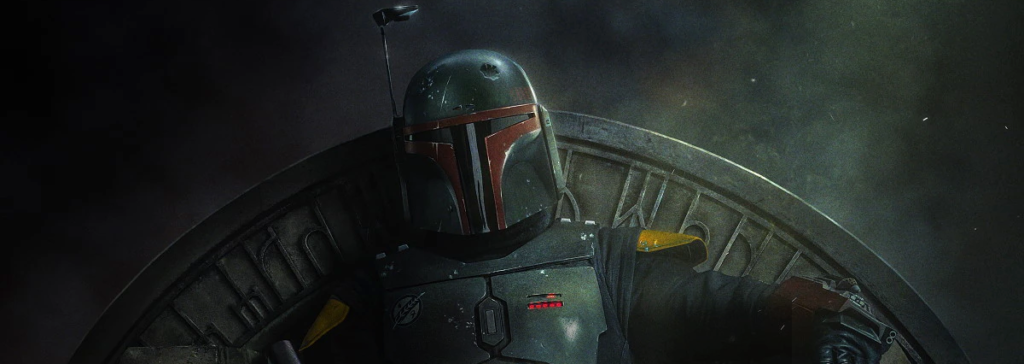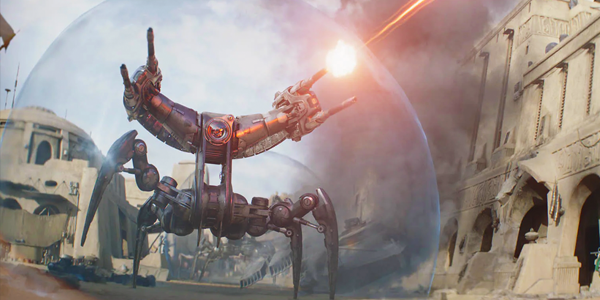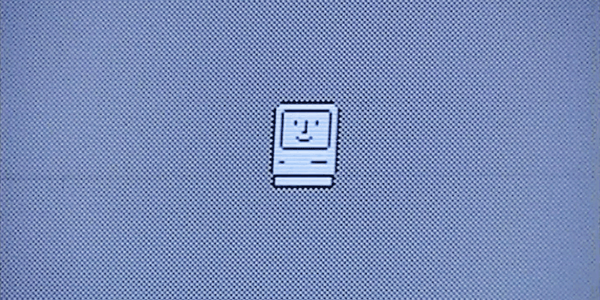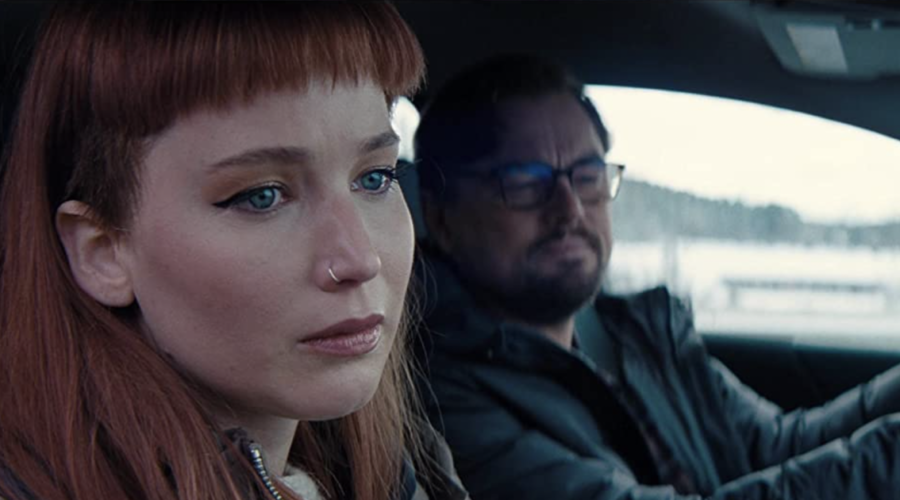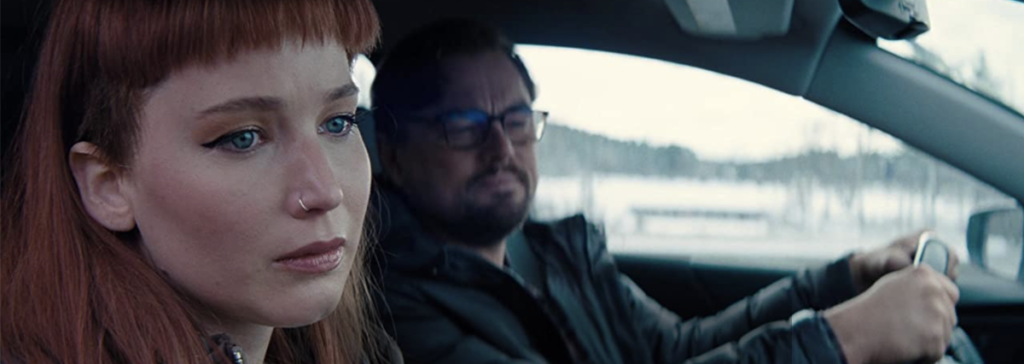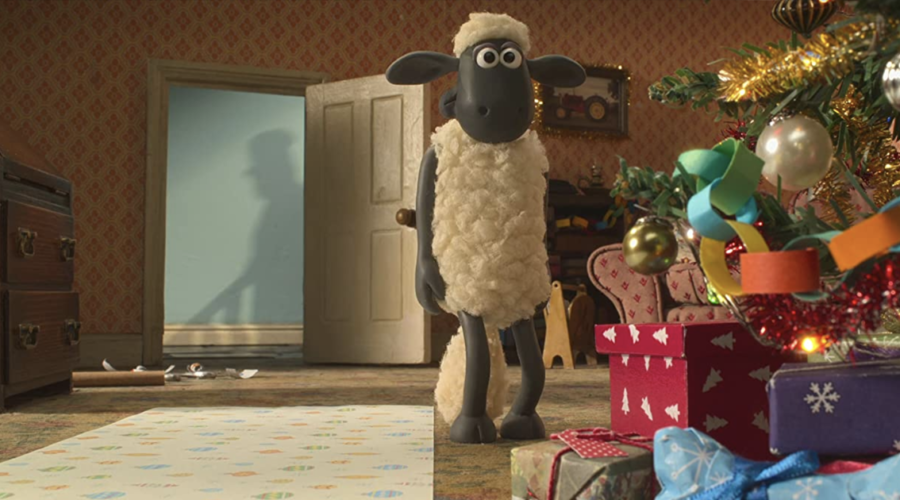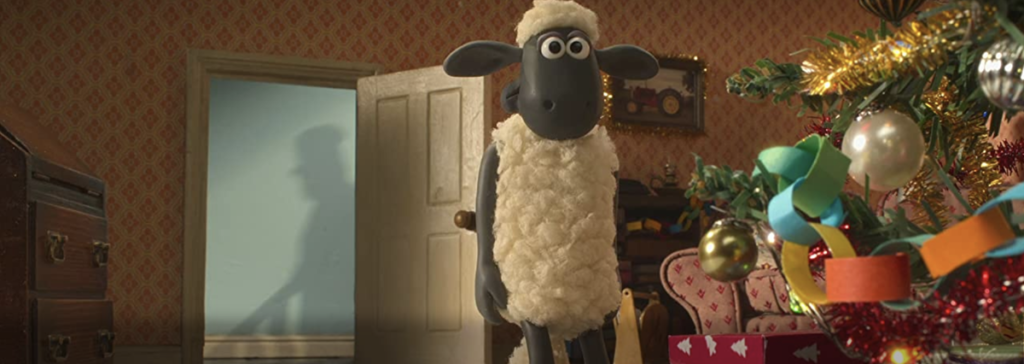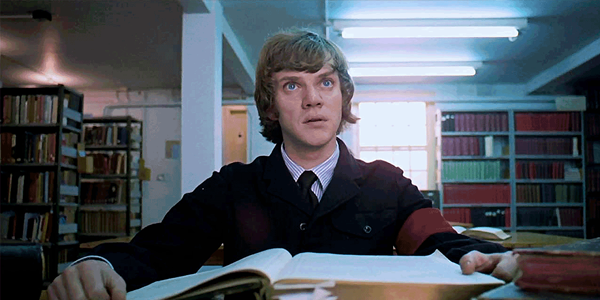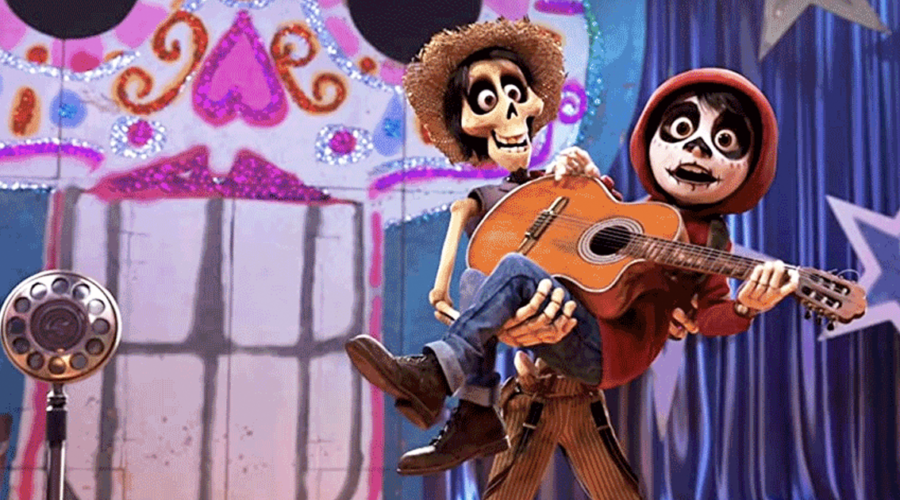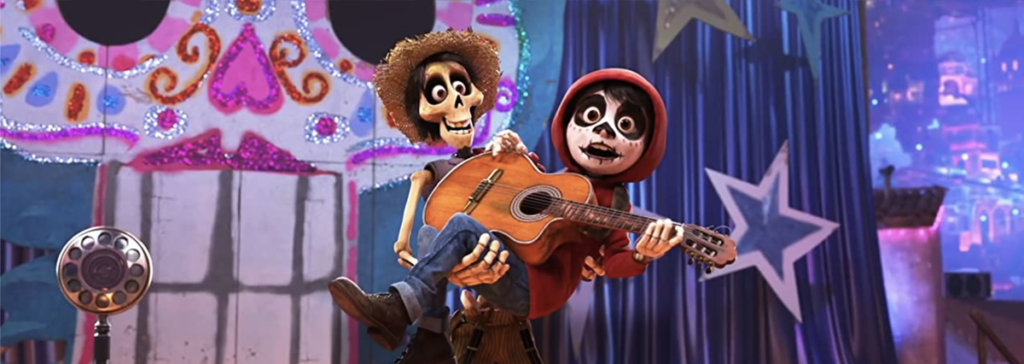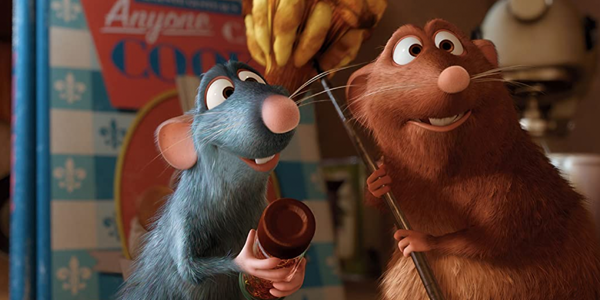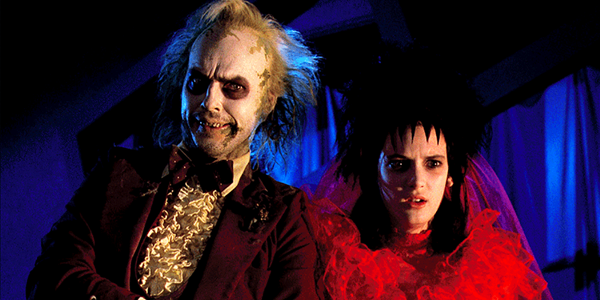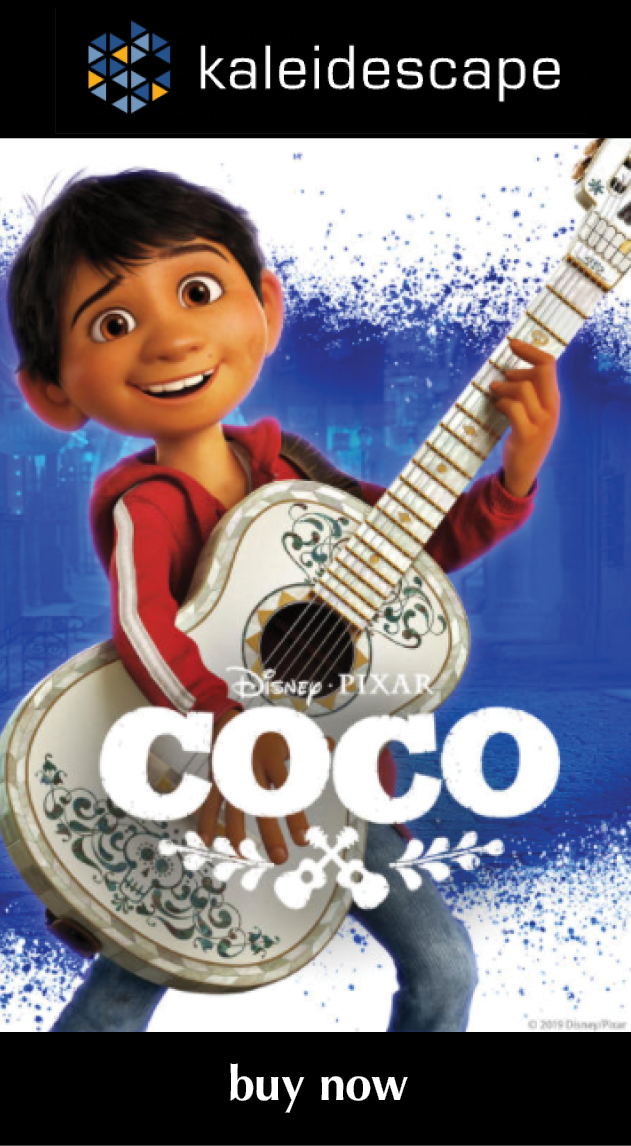Review: The Tender Bar
recent reviews
Sign up for our monthly newsletter
to stay up to date on Cineluxe
George Clooney helmed this diverting little tale that seems to have slipped under almost everyone’s radar
by Dennis Burger
January 20, 2022
The Tender Bar is not an easy film to frame. It is the latest example of one of two trends—the shift in distribution for non-blockbuster films from cinemas to streaming or the dumping of films intended for theatrical distribution onto online platforms as a consequence of the pandemic—but I’m not sure which. Not that it really matters. This most recent directorial effort by George Clooney, based on the 2005 memoir of the same name by J. R. Moehringer, has been so poorly promoted by Amazon Prime (its home either by intent or circumstance) that most viewers will likely never know it exists at all.
In any other era of filmmaking, that would be fine. But given how dry the wells of content are running at the moment, it might be worth your time to go hunting for this one. At the very least, there are plenty of worse ways you could spend 106 minutes of your life, and that’s simultaneously the kindest and most damning thing I can say about the film itself.
The main thing that keeps The Tender Bar from being much more than a pleasant diversion is that it just sort of meanders through a decade or so in the life of its lead character, played by Daniel Ranieri as a child and Tye Sheridan as a young adult. Young JR deals with daddy issues, goes to college, falls in love, gets his heart broken, gets a job, loses said job, and spends a lot of time hanging out with his uncle in a bar, but none of it really means much of anything. And as a result, the film isn’t really about anything.
I haven’t read the book, so I can’t speak to how faithful the adaptation is. But just based on what I’m seeing on the screen, it feels to me like screenwriter William Monahan felt compelled to adapt as many of the novel’s plot beats as possible but didn’t give much thought to how they’re connected, nor that time passes differently in film than it does in print. More importantly, he didn’t stop to consider that film needs to be thematically more concise. And I say that because there are quite a few themes hinted at in the finished film but none of them gets enough screen time to really resonate.
On the upside, The Tender Bar is very competently shot and directed. Its compositions are pleasant, though never very interesting. Its editing is very workmanlike, and as such most of its structural problems seem inherent in the script. And its soundtrack is purely predictable 1970s nostalgia fuel, with none of the idiosyncratic panache you get from a James Gunn or Quinten Tarantino film, but none of the completely dropped balls you get when the music supervisor just has no familiarity with the era in which they’re working.
And much the same could be said about the film’s audiovisual presentation. Right off the bat, it wants you to think it was shot on film, but telltale clues throughout let you know it was shot on digital and put through some pretty heavy film-look processing. IMDb offers next to nothing informative about the technical specifications but I’m going to go out on a limb and guess that it was shot on a variety of Arri Alexa cameras, then processed with some reasonably convincing faux grain and color graded to push secondaries and earth tones to the forefront.
Amazon delivers the film in UHD with HDR10, the former of which helps bring out some of the grungy details and textures of the bar the film returns to time and again, and the latter of which mostly serves to eliminate banding, although there are a few scenes in which some punctuations of brightness add depth to what would have otherwise been rather flat scenes.
The Dolby Digital+ 5.1 soundtrack, meanwhile, seems content to deliver dialogue with excellent intelligibility while mostly using the surround channels to bring the music out into the room. It’s the sort of mix that would work just as well on a really good high-end soundbar.
If it sounds like I’m being over hard on The Tender Bar, that’s not my intention. It’s fine, and given how little new content there is to talk about otherwise, I don’t regret watching it. Shockingly, my favorite thing about the film is Ben Affleck’s performance as Uncle Charlie, the most uncle-y uncle who ever uncled his way through a story about uncles. Affleck positively shines here, turning in the performance of his life, for whatever reason. And yeah, it’s a shame the rest of the film doesn’t rise to meet his energy—despite having an oddly compelling cast—but let’s not dwell on that. Treat The Tender Bar like a not-very-special episode of The Wonder Years (the original one, not the reboot) and you’ll probably have a perfectly agreeable time with it.
Dennis Burger is an avid Star Wars scholar, Tolkien fanatic, and Corvette enthusiast who somehow also manages to find time for technological passions including high-end audio, home automation, and video gaming. He lives in the armpit of Alabama with his wife Bethany and their four-legged child Bruno, a 75-pound American Staffordshire Terrier who thinks he’s a Pomeranian.
PICTURE | The UHD resolution helps bring out some of the grungy details and textures of the bar the film returns to time and again, while HDR10 mostly serves to eliminate banding.
SOUND | The Dolby Digital+ 5.1 soundtrack is content to deliver dialogue with excellent intelligibility while mostly using the surround channels to bring the music out into the room.
© 2023 Cineluxe LLC


